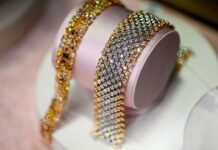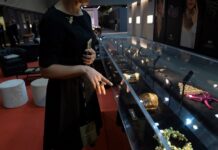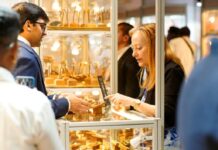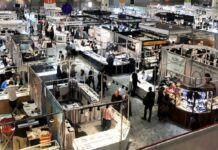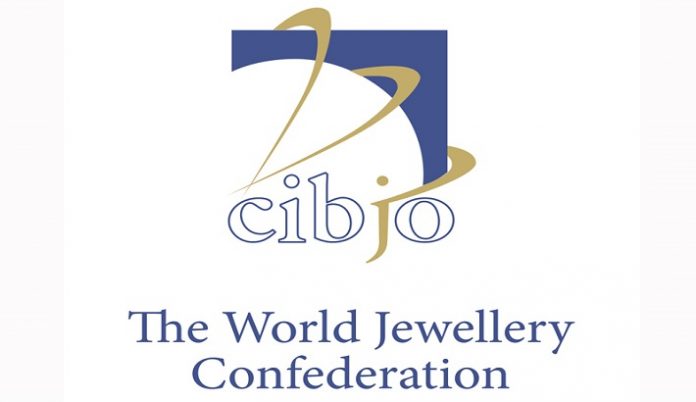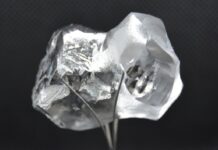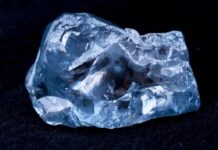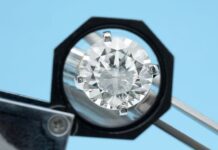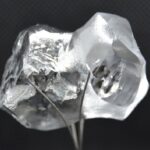The 2019 CIBJO Congress, to be held in Manama, Bahrain, on November 18, 2019, will discuss issues related to the trade in natural and synthetic diamonds, especially those that are the “faultlines” between the two product categories. Some of these issues have been outlined in the Special Report prepared by its Diamond Commission, which was released recently.
Head of the Commission, Udi Sheintal, who authored the report, writes that though CIBJO has now set up a Laboratory-Grown Diamond Group to formulate operating principles, guidelines and terminology for this new and growing product category, there are some issues that currently impact both pipelines.
The first of these is pricing. Sheintal cautions, “Because laboratory-grown diamonds prices were deliberately benchmarked against the price of natural diamonds at the outset, the risk exists that the consuming public will continue to associate the one with the other, even after the economics have changed.”
He said that while natural diamonds may once have “inflated the price of laboratory-grown stones”, now it could be the other way with “the price war in the laboratory-grown diamond sector …depressing the value of goods in the natural diamond sector.”
According to the report, this makes it all the more necessary to “disconnect” the natural diamond sector and the laboratory-grown diamond sectors, both from the point of view of the trade as well as of the consumer. “The appeal of both products is different, and so clearly are the economics. They both should be provided the opportunity to thrive, in harmony alongside each other,” it stated.
The Report also welcomes the acceptance worldwide of an internationally accepted set of distinct HS Codes at Customs for trade in laboratory grown rough diamonds as a “breakthrough”. It further, compliments the DPA for its ASSURE programme that provides third-party verified assessments of the performance of the many synthetic detection devices that are now in the market.
Above all in the report, Sheintal calls for the creation of agreed-to rules of engagement between the natural diamond and laboratory-grown diamond sectors in marketing their products, and warns against a readiness to pitch one as being more ethical or environmentally acceptable than the other. “This is not only a self-destructive marketing strategy, but it is also questionable in terms of the claims being made and the data upon which they are based,” he writes.
“Proper rules of engagement need to be created. I suggest that one of them would be for all sides to agree that any stone, which may be precious, but always is a lifeless object, is neither ethical nor environmentally friendly. These qualities refer to the way in which they are mined or manufactured. The onus of responsible behaviour always falls upon the individuals and companies mining or synthesising, processing and marketing these products,” he notes.
Finally, he also hails the decision of CIBJO “to formalise the independent status of the laboratory-grown diamond sector within the structure of the World Jewellery Confederation” as “courageous and correct”.
New Source : gjepc
Disclaimer: This information has been collected through secondary research and TJM Media Pvt Ltd. is not responsible for any errors in the same.







